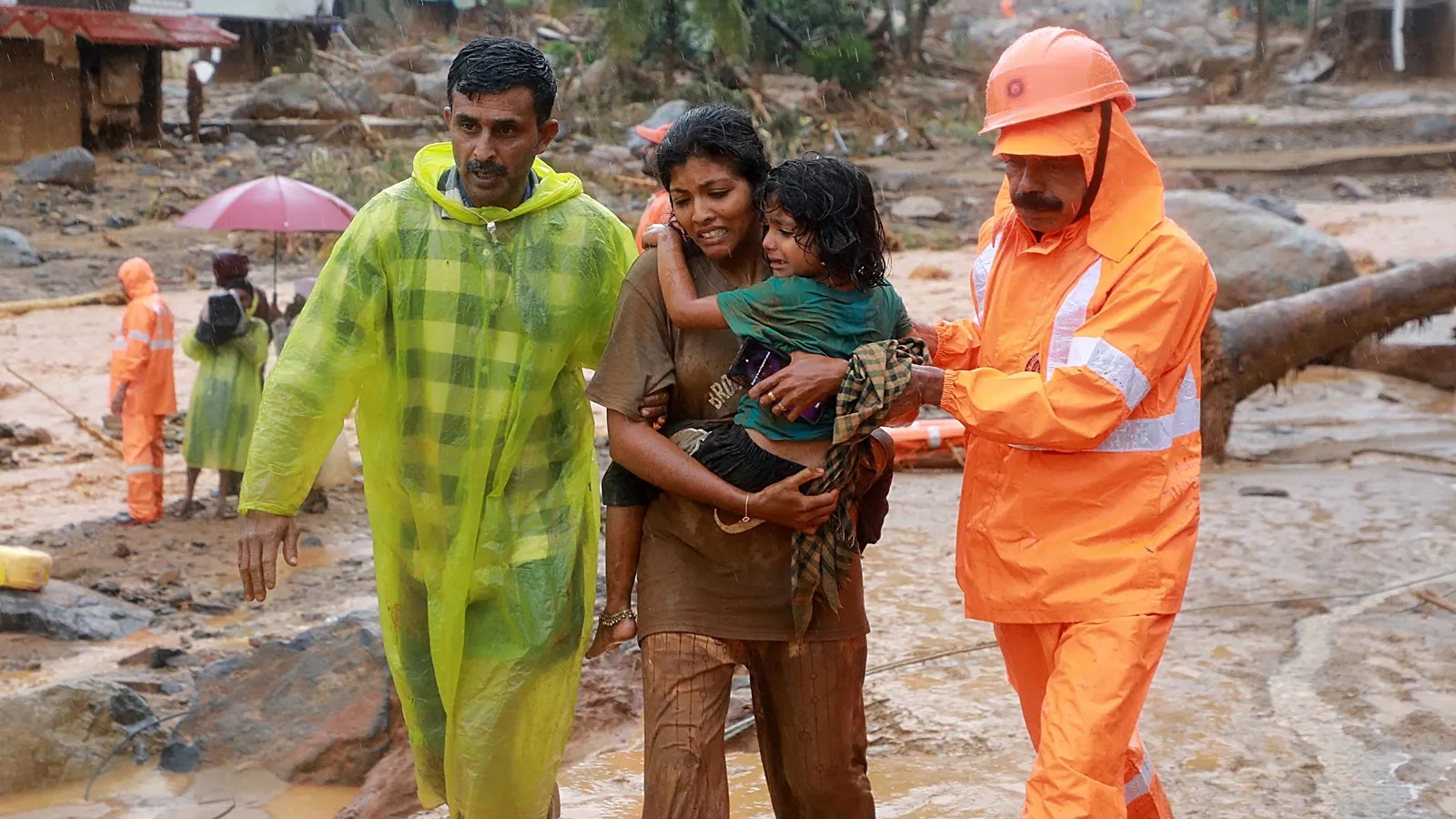 |
|
The article poignantly narrates the devastating impact of landslides in Wayanad, Kerala, highlighting the tragic loss of life and the complete destruction of two villages, Madikkai and Chooralmala. It underscores the alarming frequency and intensity of these events, a stark reminder of the growing vulnerability of Kerala to natural disasters. The recent landslides, mirroring the catastrophic events of 2018, have once again brought to light the critical need for effective disaster preparedness and mitigation measures.
The article points to the long-standing warnings issued by the Madhav Gadgil Committee and the K Kasturirangan-led High Level Working Group, whose recommendations to declare ecologically sensitive areas (ESAs) in the affected regions were largely disregarded. The Gadgil Committee report specifically identified Wayanad, particularly Sulthan Bathery, Vayittiri, and Manantavadi, as highly vulnerable zones that require stringent regulations to prevent environmental degradation and ensure sustainable development. However, political pressures, coupled with a perception that the recommendations were overly restrictive, led to their implementation being stalled.
The article emphasizes the need for a shift in approach towards disaster preparedness, advocating for a more holistic and proactive strategy. It underscores the importance of incorporating the lessons learned from previous disasters into the design of infrastructure and development projects. The article also advocates for a more people-centric approach to environmental conservation, recognizing the need to balance development aspirations with the imperative of protecting the environment. This includes engaging local communities in decision-making processes and ensuring that conservation measures do not inadvertently harm their livelihoods.
The article concludes by emphasizing the need for a comprehensive strategy that addresses both the immediate humanitarian crisis and the long-term challenges of climate change. It calls for greater political will, improved infrastructure, and the implementation of robust environmental policies that consider the needs and livelihoods of the affected communities. The article suggests that the devastating events in Wayanad serve as a stark reminder of the urgent need for a paradigm shift in our approach to environmental conservation and disaster management.
